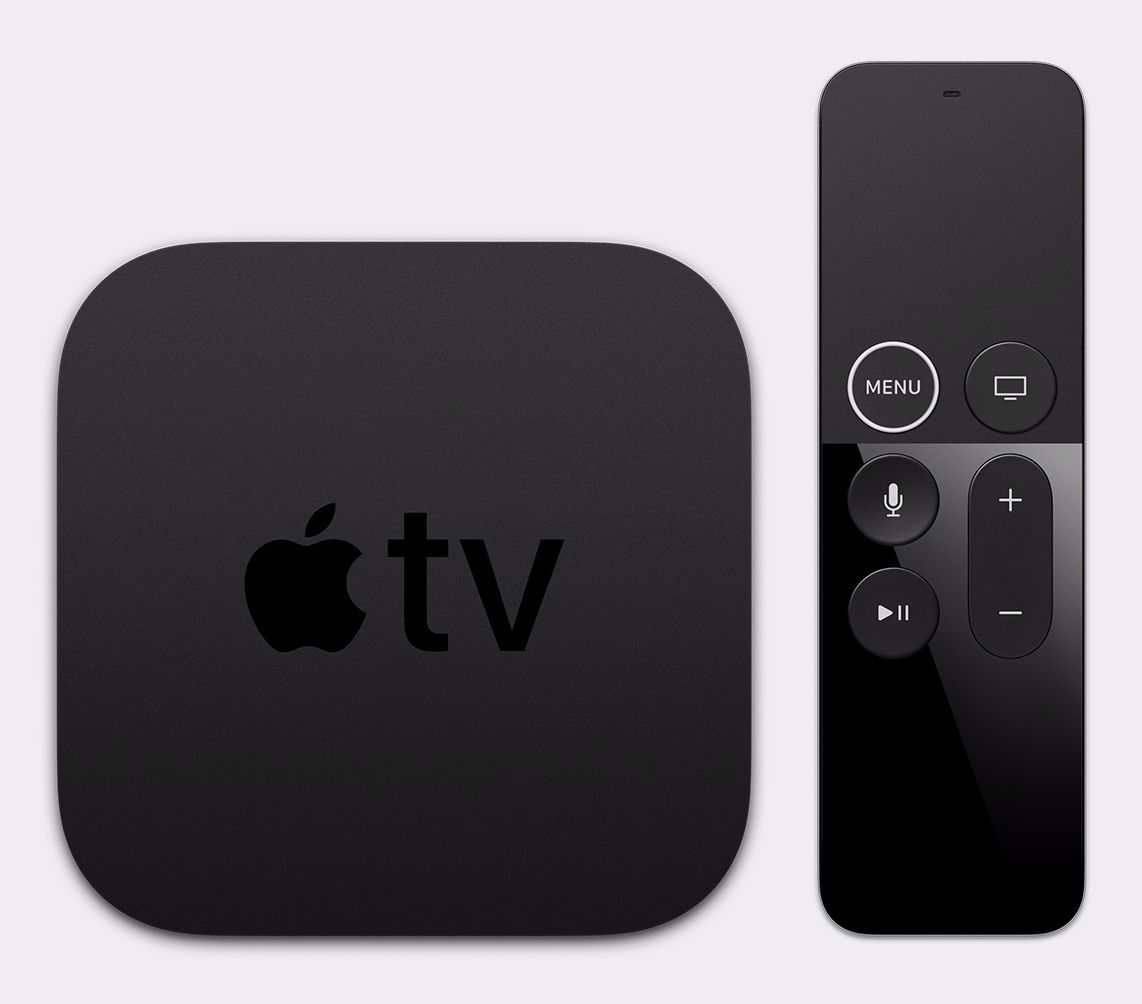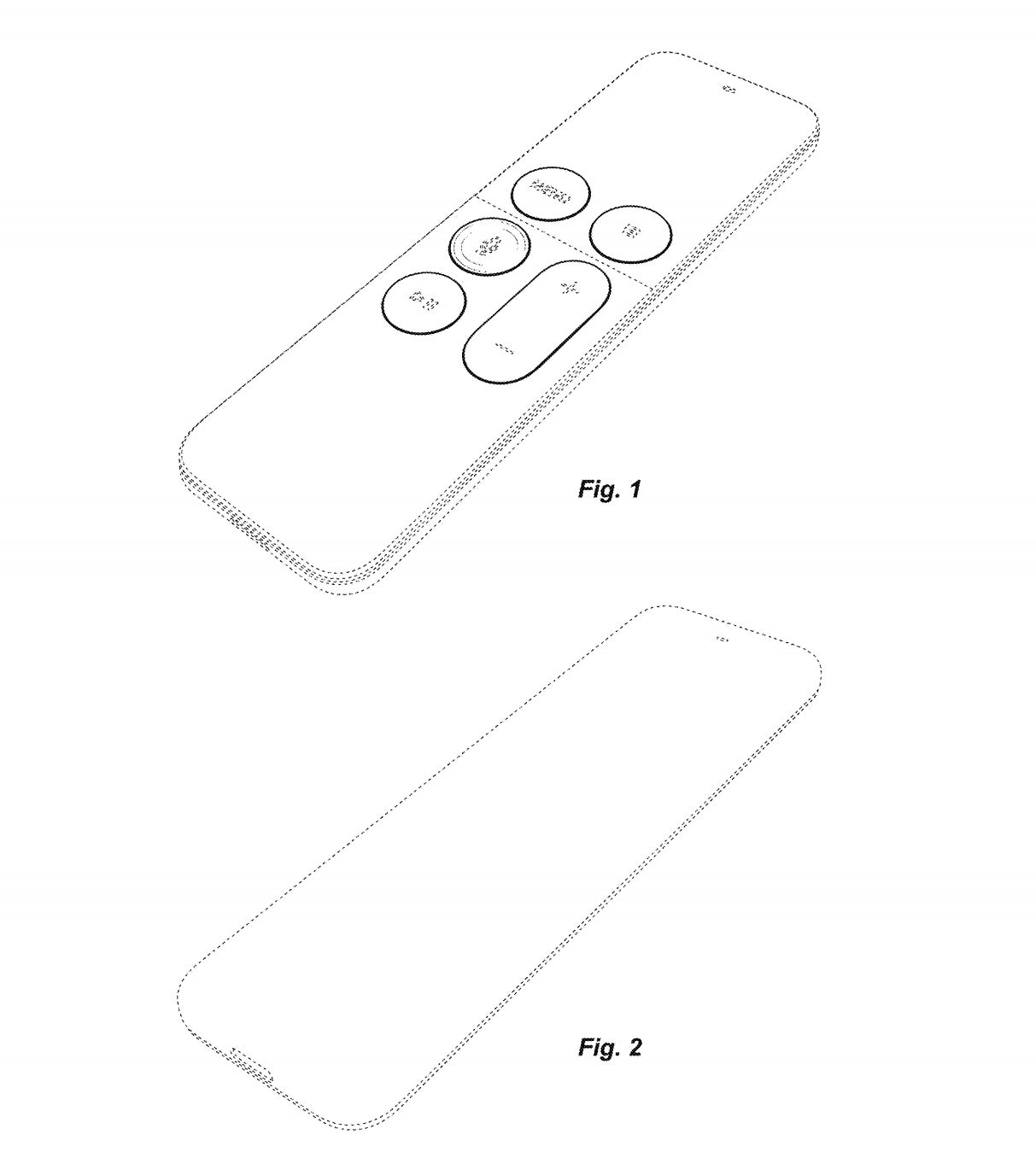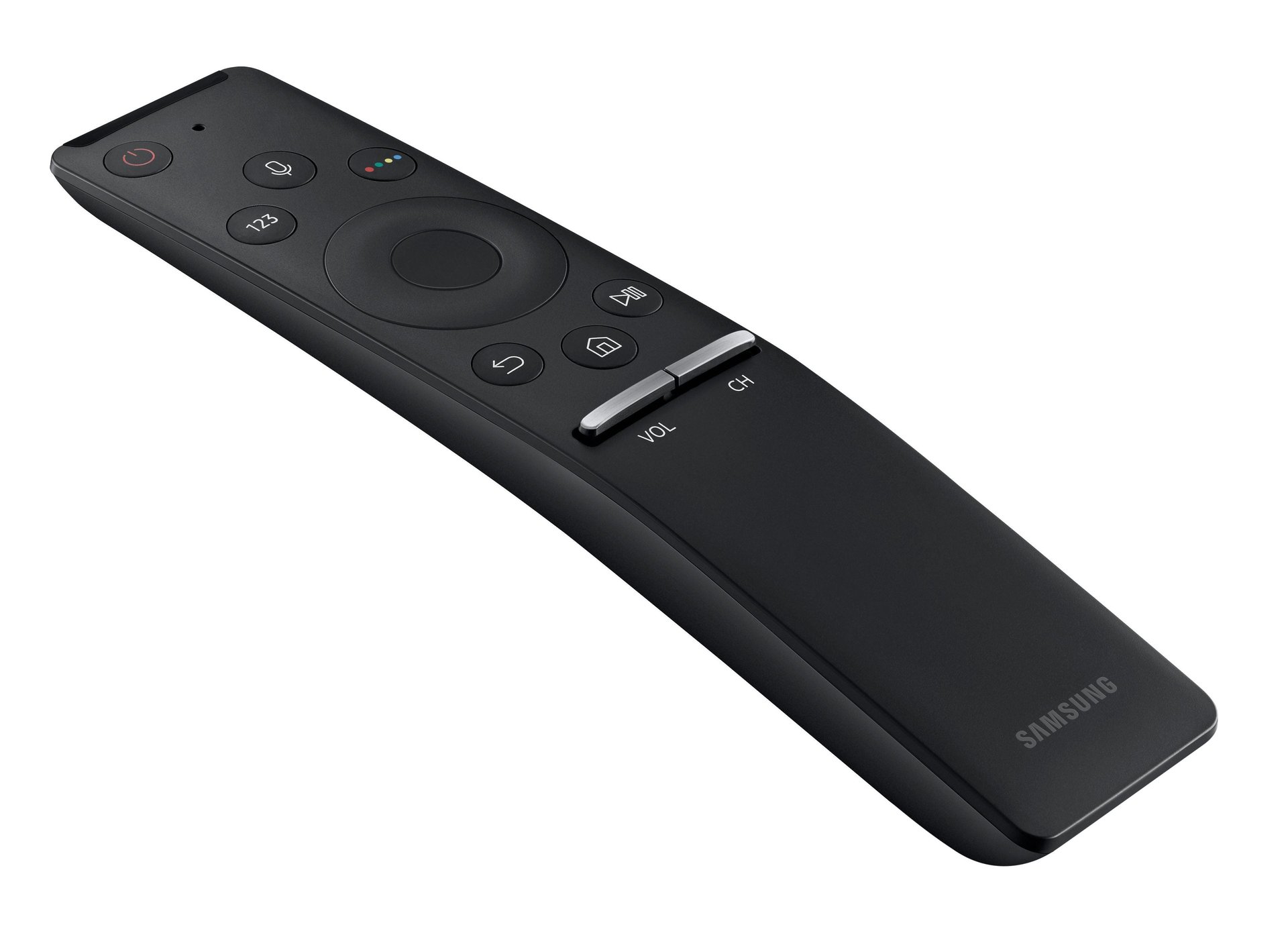The Apple TV’s loathed Siri remote is the device’s writing on the wall
Apple’s grand plans to dominate TV may quash its earlier foray into video, the Apple TV box. Death knells for the streaming-media player sounded this week after Apple announced that its TV app—the centerpiece of a new campaign to bundle apps from other streaming-video services as well as its own original content—would land on devices from other manufacturers like Samsung, Amazon, Roku, and LG soon. A small share of people use the Apple TV device now. Opening Apple’s video app to other devices makes it even less essential.


Apple’s grand plans to dominate TV may quash its earlier foray into video, the Apple TV box. Death knells for the streaming-media player sounded this week after Apple announced that its TV app—the centerpiece of a new campaign to bundle apps from other streaming-video services as well as its own original content—would land on devices from other manufacturers like Samsung, Amazon, Roku, and LG soon. A small share of people use the Apple TV device now. Opening Apple’s video app to other devices makes it even less essential.
Long before the TV app threatened the Apple TV, however, the Siri Remote spelled its demise.

The sleek, razor-thin remote consists only of a trackpad and about six buttons, including one that calls up Apple’s voice assistant, Siri. The current model was originally introduced in 2015 with the fourth version of the Apple TV box. The design, signed off on by Apple’s chief design officer Jony Ive, is beautiful, but entirely impractical. It’s been critically panned—regularly—since its release. The narrow, rectangular frame fits awkwardly in your hand, and the trackpad is maddeningly imprecise. The minimalist design requires a lot of clicking to navigate around apps on the device, and the remote’s perfect symmetry makes it hard to tell which end is up.
“It’s the thinness of it,” Tucker Fort, executive director and partner at Smart Design, a firm that designs household products for brands like OXO, and has also worked on remote controls, told Quartz. “It’s almost like it was intentionally designed to sit between the sofa cushions.”
Apple is the leader in making products like the iPhone that are meant to be the pinnacle of design and usability, and feel nice to hold or put in your pocket. In the case of the Siri Remote, those skills were a detriment. A good remote control should be comfortable to hold and accessible in a hand, Fort said. The Siri Remote is so delicate that it’s difficult to grip.
A remote should be easy to pass around and use in all sorts of lighting. The trackpad on the Siri Remote looks identical to the rest of the device, minus the gloss finish. In the dark—which people tend to watch movies and TV in—it’s virtually impossible to tell which side has the trackpad, due to the black shade and symmetry of the buttons.
“The only way to confirm you’re holding it the right way is it to click,” Fort said. “Every time I pick it up I start by doing the wrong thing.”
The remote should also have a hierarchy of functions you are most likely to perform with the remote. On the Siri remote, that’s essentially swiping and clicking. There was some logic behind the trackpad design: The innovative remote was meant to accommodate the various functions people perform in apps that might not fit neatly into the arrows in a typical remote control, such as gaming.
The trackpad allowed game developers to easily translate the touchscreen functions in games to the TV, but gaming never took off on Apple TVs. And the remote is left with a principal design feature that the bulk of its users don’t need.

The remote control is—and should be—evolving along with the way we use TVs. Companies like Samsung, for example, have developed remotes with few buttons that still fit comfortably in a hand.
Apple is going to have to think more about how people actually use TVs, as opposed to how it wants them to use its devices, if it wants to own the video space.